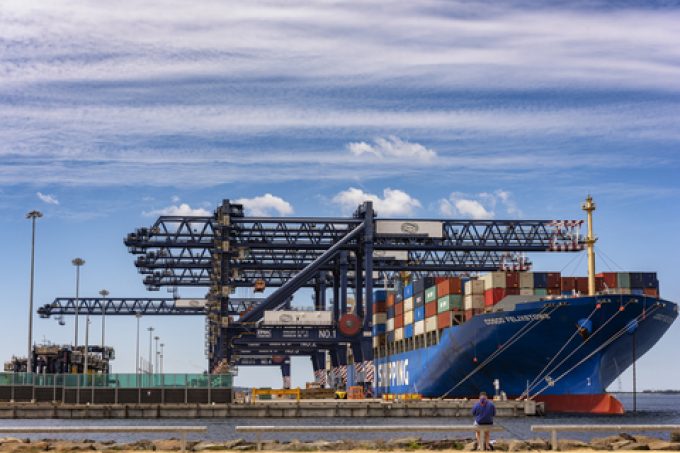Cancelled voyages take the sting out of spot rate declines this week
Container freight spot rates maintained their downward trajectory this week, as tariff uncertainty continued to ...

One of Australia’s largest agricultural shippers has lashed out at “rapid increases” to port infrastructure fees levied by the country’s terminal operators.
Last week, a report by the Australian Competition and Consumer Commission (ACCC) revealed how the country’s stevedores are using the controversial charges to offset ...
Predatory rivals circle as the ripples from DSV's Schenker buy widen
Latest Israeli attack on Iran a threat to box ships in Straits of Hormuz
DHL Express facilities in Canada forced to shut down by strike
Industry concerns rise after yet another box ship on fire off Indian coast
New Middle East conflict brings airspace closures, flight chaos and oil price worry
More legal trouble in India for MSC: feeder vessel detained after box ship disasters
Return of downward pressure on container spot freight rates
BYD launches logistics subsidiary – and eyes ports and shipping sectors

Comment on this article